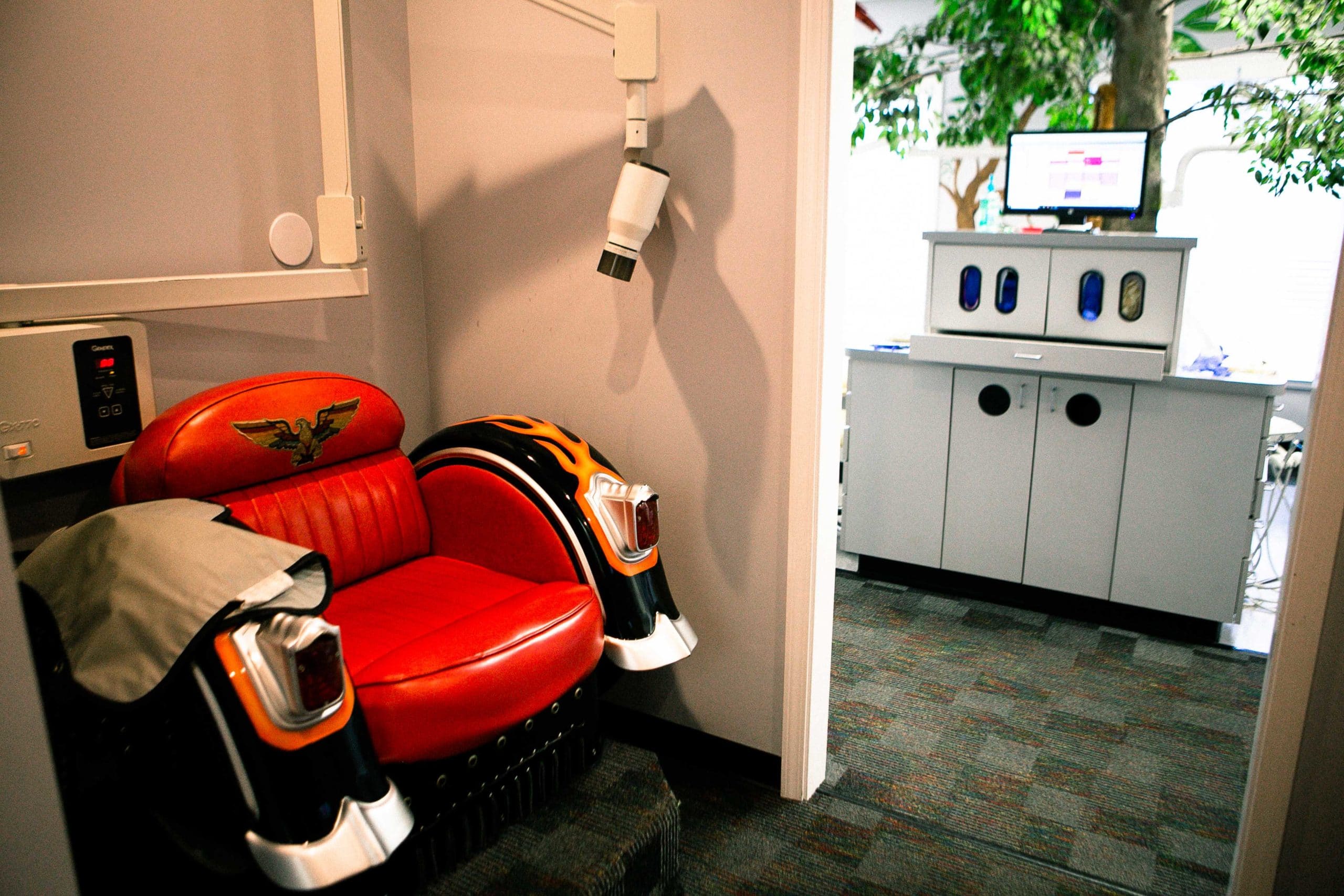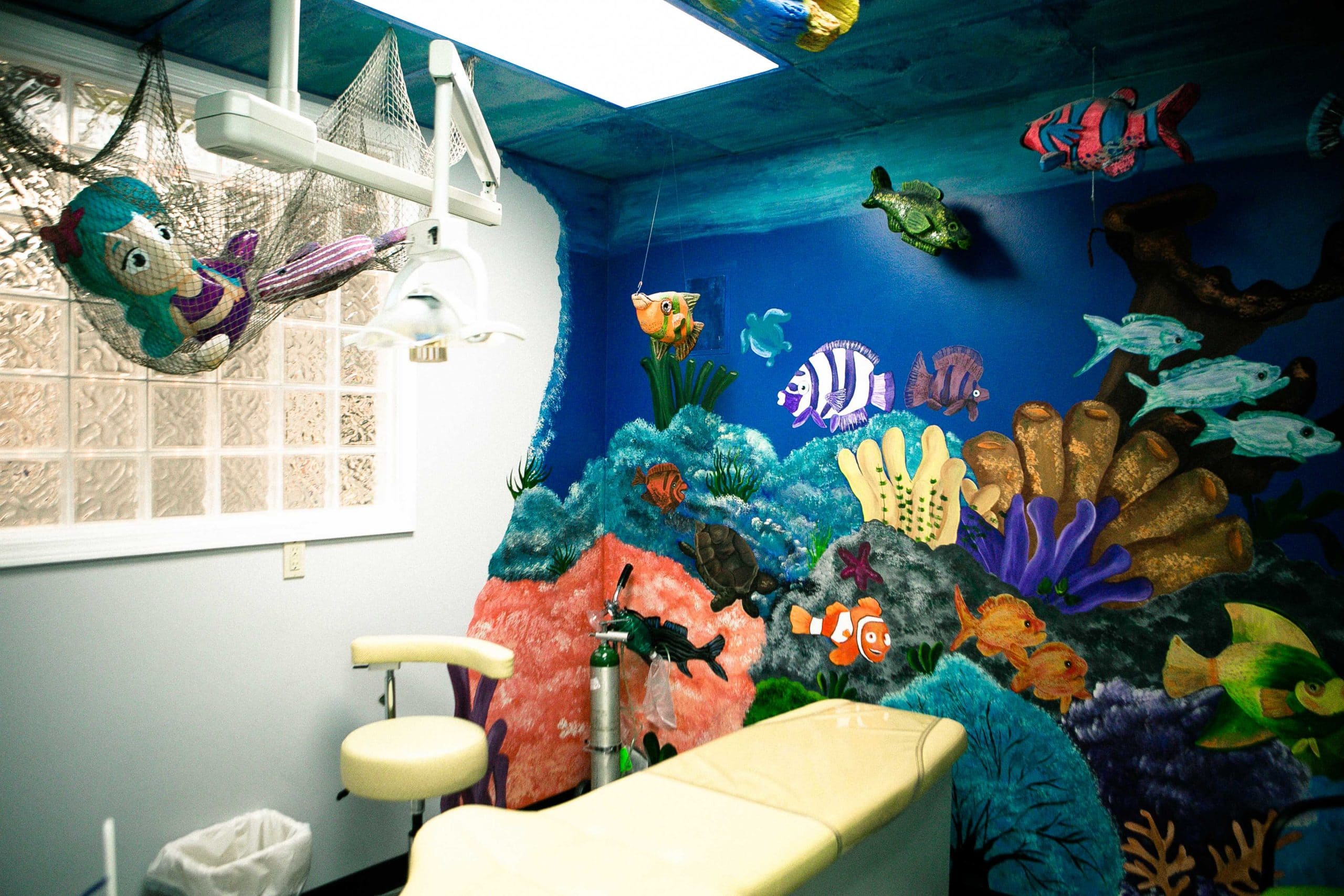Many people believe that orthodontic and dental treatments are the same, but they aren’t. Dental treatments address the health of teeth, gums, dental nerves, and the jawbone.
Orthodontic treatments, on the other hand, focus on teeth straightness, bite, and occlusion. Dental occlusion refers to how individual teeth contact each other. Bite refers to how all the upper and lower teeth come into contact.
If you have kids, you may think you can put off orthodontics until later in your child’s life. But have you considered the benefits of early orthodontic treatment?
In this guide, we discuss why parents should consider bringing in their younger children for an orthodontic checkup.
What Is Early Orthodontic Treatment?
Early orthodontic treatments allow dental professionals to ensure incoming adult teeth come in normally. As with traditional orthodontics, children can wear permanent or removable appliances.
A few signs to look out for to identify if your child needs early orthodontic intervention include but are not limited to the following:
- Difficulty chewing
- Bite problems
- Mouth breathing
- Delayed thumb sucking (i.e., after age 5)
- A speech impediment
- Teeth that protrude away from each other or toward each other
- Malocclusion
- Crossbites
- Crowded front teeth
Children generally lose their teeth by age 5 and gain all their adult teeth by early teenagehood. If your child misses these milestones, you should also consider seeking orthodontic treatment.
The Benefits of Addressing Orthodontic Issues Early
Children aged 7 years of age or older should see an orthodontist. Seeking orthodontic care is especially critical if your child has any of the issues we mentioned above.
An early orthodontic check-in includes a full review of your child’s mouth. The orthodontist will look for critical issues already present. He or she can also catch emerging issues early and prevent future complications.
Still not sure if you should take your child to a Lexington pediatric dentist or orthodontist? Then consider the following benefits.
Lowers the Risk of Caries
Dental caries is a form of tooth decay, also known as a cavity. If your child is prone to cavities, tooth alignment may be responsible. After all, it is much more difficult to clean crooked and/or gapping teeth.
Tooth decay can cause unsightly stains and even bad breath. These issues can take a serious toll on your child’s confidence (more on this later).
Early corrective treatments can help your child form healthier oral hygiene habits and feel better about their smile.
Helps With Chewing and Biting
Chewing and biting can be uncomfortable, if not outright painful, when teeth are not in alignment. This can lead children to avoid foods, even ones they usually love to eat.
With the help of braces or a corrective retainer, children can enjoy eating a wide variety of foods. These benefits also impact your child’s digestive health. Chewing up food is one of the first steps to proper digestion.
With a misaligned bite, your child may miss this critical step. This will put more stress on the GI tract and potentially cause stomach aches. Worse, your child could end up deficient in nutrients due to insufficient digestion.
Treats Some Speech Impediments
Not all speech developmental disorders happen because of misaligned teeth. However, some do. Improper alignment can particularly lead to speech problems such as slurs, lisps, and issues pronouncing the letters “s” and “t.”
Without correcting the bite problems potentially causing these issues, your child could suffer from a speech impediment for life.
Early orthodontics can help your child speak more confidently. If the speech issue is not corrected with orthodontics, talk to your pediatrician or a speech-language pathologist.
Prevents Jawbone Development Problems
Jawbone growth is essential for a healthy smile. And healthy teeth are essential for jawbone growth. The jawbone can start to decay when teeth are missing, or there are large gaps between teeth.
Proper jawbone growth also impacts the way the face looks. You can see this fact in action in children who have underbites and overbites.
Getting early orthodontics can help ensure the jawbone grows normally. In turn, a healthier jawbone can prevent future complications and the need for additional orthodontic treatments later in life.
Improves Children’s Self-Confidence
Childhood is a critical time for building self-esteem. One of the many components of confidence comes from appearance. Children are not exempt from this, often developing insecurities around how they look.
Crooked or gapping teeth, overbites and underbites, and protruding teeth may have your child feeling negative about their smile.
Addressing these problems early can help your child develop a healthier sense of self-confidence about their smile.
Reduces Long-Term Dental Costs
Prevention is the key to long-term oral health. Not only that, but your wallet will also thank you. Receiving early orthodontic care means the following:
- Your child’s teeth are less likely to break or chip
- Your child is less likely to need corrective jaw surgery
- Your child is less likely to need teeth removed
Most importantly, getting orthodontic treatment early reduces the future cost of corrective treatments. Your child will not have to wear braces or clear aligners for long. And when it comes to these treatments, time is money.
Searching for a Lexington Children’s Dentist or Orthodontist?
If your child is over the age of 7, it may be time to take him or her to the orthodontist. These professionals can identify and treat critical issues and track changes to your child’s teeth over time.
Are you looking for early orthodontic treatment in Lexington, KY? Dentistry for Children offers Lexington pediatric dentistry services. We can give you recommendations for kids’ orthodontists near you.
Contact us today to learn more about the professionals we recommend in the area.


















Recent Comments